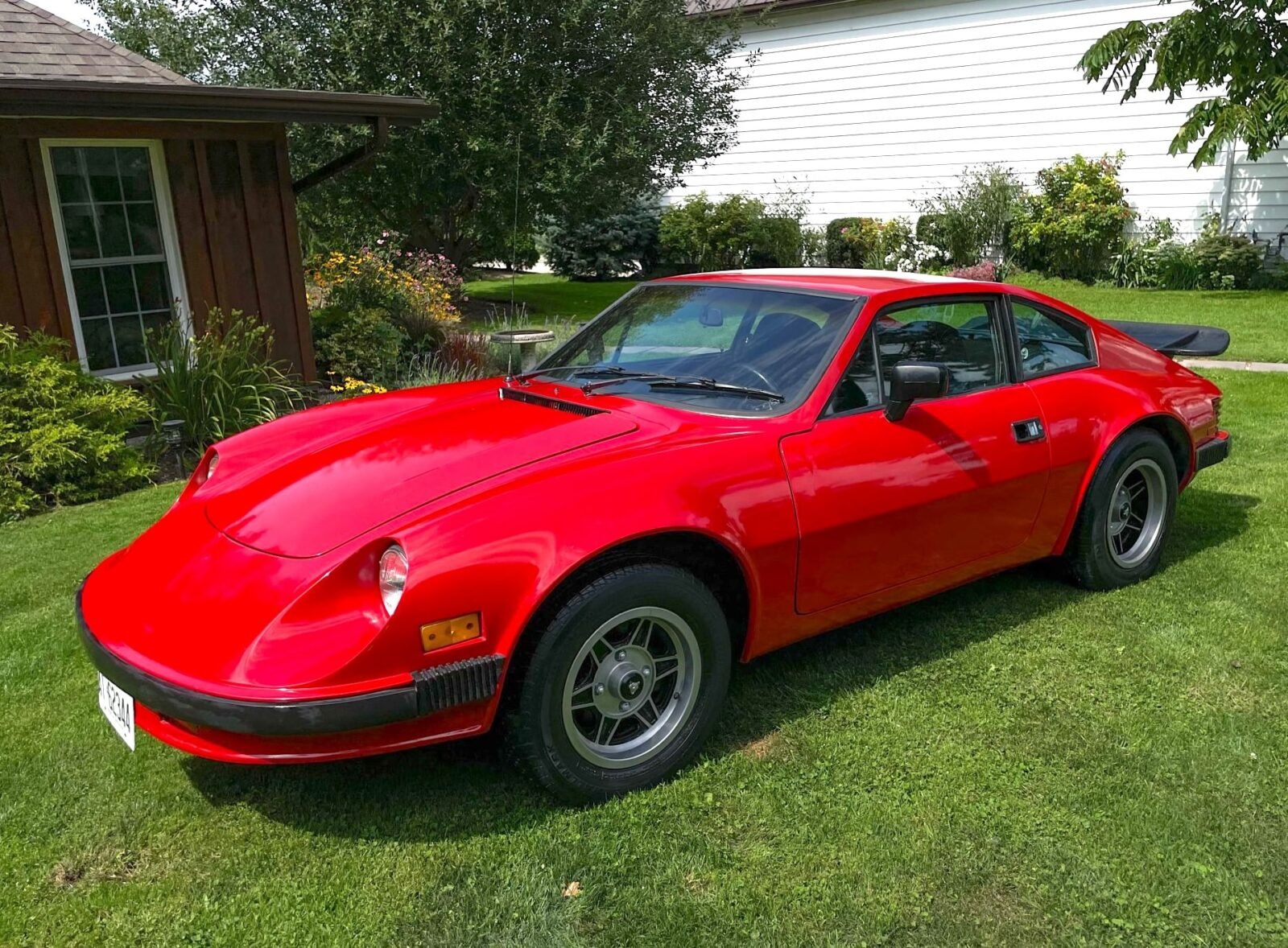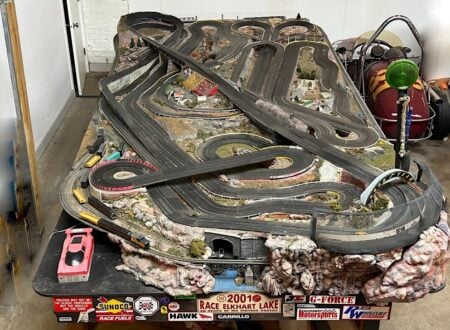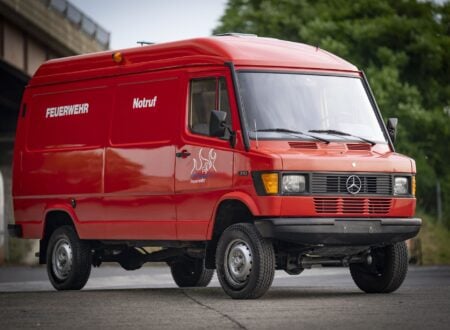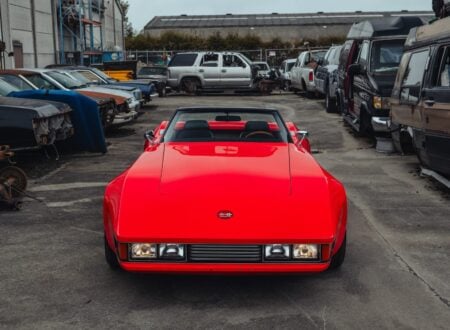This is an original 1981 Puma GTI, it’s one of just 610 examples made by Puma Automóveis Ltda of São Paulo, and it’s become one of the most collectible Brazilian sports cars ever made.
Puma was founded by Italian-born Brazilian immigrant and self-taught automotive designer Rino Malzoni, who started out building custom race cars in Brazil in the early 1960s. His designs quickly started racking up wins, and he co-founded Sociedade de Automóveis Lumimari Ltda to put a series of sports cars into production.
Fast Facts – The Puma GTI
- The story of Puma begins with Rino Malzoni, an Italian/Brazilian farmer and self-taught sports car builder, who created the DKW-Malzoni in the early 1960s. This car, made with a fiberglass body and a two-stroke engine, gained fame for its wins in local Brazilian races, leading to a series of production cars.
- Puma introduced its first self-named model, the Puma GT, evolving from the earlier DKW-Malzoni design. The firm became known for its good-looking, lightweight sports cars – particularly after switching to Volkswagen air-cooled engines. The Puma GTE, launched in the 1970s, became the brand’s best-known model.
- Puma sports cars became major sources of Brazilian national pride. They were not only popular on the street but also performed well in motor races against international competition. Brazil’s strict import laws meant that locally-produced sports cars were the only option for most prospective buyers.
- The car you see here is a 1981 Puma GTI, the GTI model debuted in 1980 as an upgraded version of the earlier Puma Spider. The model is based on a Volkswagen Brasilia chassis, it has a fiberglass body, and it’s powered by a rear-mounted 1.6 liter VW flat-four.
Rino Malzoni And The Mighty DKW-Malzoni
At the age of five Rino Malzoni moved to Brazil from Italy with his family to start a new life on his grandfather’s coffee plantation in Matao, in the state of São Paulo. Malzoni showed a love of cars from a very early age, in fact when leaving Italy he was most distraught to be leaving behind the family’s Alfa Romeo.
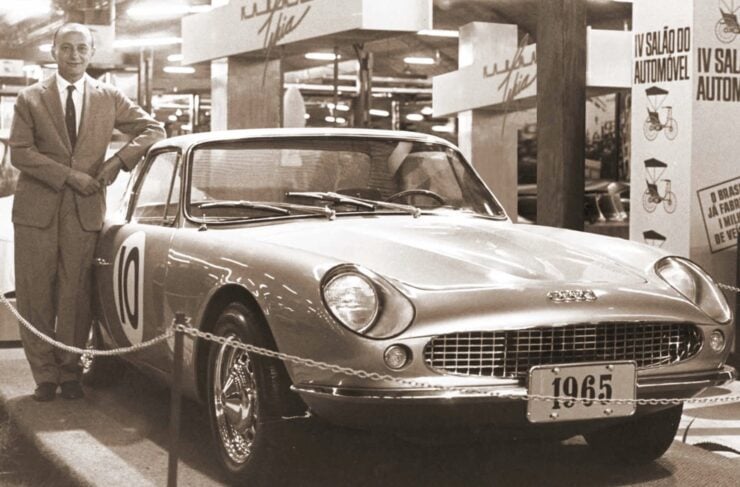

During his teenage years he learned to work on engines and machines on the family plantation, soon he would begin working in his Uncle Gino’s workshop, customizing and repairing cars. His first vehicle was a secondhand Lancia which he rebuilt with leftover parts from a number of other vehicles, using inspiration from his expansive collection of European automotive magazines.
After finishing high school Malzoni attended Largo de São Francisco Law School, one of the best in the nation, and he worked as a lawyer after graduating, though his passion would always be sports cars. He developed a name for himself in the world of Brazilian performance car modification, to the point that Veículos e Máquinas Agrícolas S.A. (Vemag) contracted him to build them a sports car on a DKW platform to beat their arch nemesis Willys–Overland in a race at Interlagos Autódromo.
Malzoni took a DKW chassis and its 981cc three-cylinder, two-stroke engine, then added his own lightweight, aerodynamic fiberglass body. A series of suspension and brake upgrades were then applied, and the car was entered into a number of local Brazilian races.
Known as the DKW-Malzoni, this new car proved remarkably successful. It won five major races in its first year and a number of others thereafter. It made Malzoni a household name in Brazil, something akin to a local Enzo Ferrari, and it wasn’t long before he set to work developing a series of production cars.
Three Brazilian car enthusiasts invested to establish a new automaker named Lumimari, the company took its name from the first two letters of each man’s name: Luiz Roberto Alves da Costa (Lu) Milton Masteguin (Mi), Mário César de Camargo Filho (Ma) and Rino Malzoni (Ri).
Lumimari, full name Sociedade de Automóveis Lumimari Ltda, put the Malzoni GT into production as their first production car, named for its creator Rino Malzoni. In 1966 the company was renamed to Puma Veículos e Motores Ltda, known simply as “Puma” across Brazil.
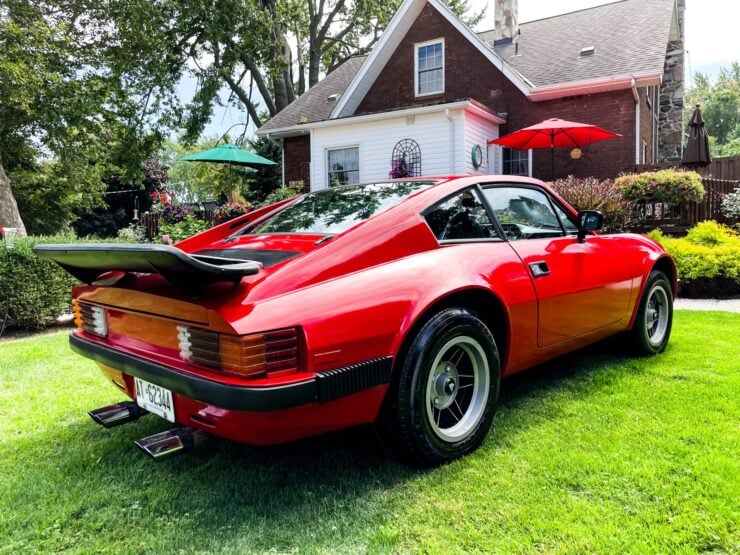

Puma would create a series of sports cars based on VW chassis, all with fiberglass bodies, and all relatively luxurious by the standards of Brazilian cars of the 1960s, 1970s, and 1980s. Brazil had strict automobile import restrictions at the time, so locally produced vehicles were the only option for most, and this helped foster the growth and popularity of companies like Puma.
The Puma GTI
The Puma GTI was one of the company’s more developed models, having benefitted from the almost 20 years of experience in spots car manufacturing that Puma had developed up until that point.
The GTI was built on the Volkswagen Brasilia platform, this was essentially the same chassis as the Volkswagen Karmann Ghia though built in Brazil for the local market, with complete knock down kits (CKDs) also exported to Nigeria.
The Brasilia was powered by a 1.6 liter Volkswagen flat-four engine mated to a 4-speed manual transmission, it had front disc brakes and rear drums, independent front and rear suspension, and it weighed in at just 890 kgs (1,962 lbs).
Puma used the Brasilia platform with the engine, transmission, suspension, steering, and brakes all remaining in place, they added their own lightweight fiberglass body, fitted out the interior, and changed over the wheels (among other changes).
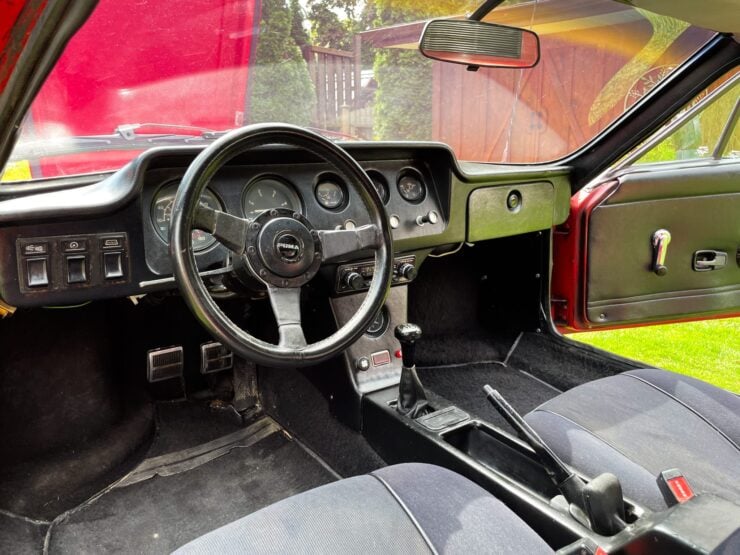

In stock condition the engine was good for 54 bhp and 78 lb ft of torque, this may not have been much but it’s worth remembering that the cars were exceedingly light.
Due to the fact that Volkswagens and their engines had been so extensively used in the Brazilian racing and performance car scene an entire industry had risen up to provide aftermarket parts and tuning, meaning that many Puma GTIs produce significantly more power than the Brasilia they’re based on.
Two versions of the GTI were produced, the GTI and the closely-related GTS which was very similar but offered a convertible roof. The GTI was made in higher numbers, with a total of approximately 610 examples produced before it was replaced by the Puma P-018.
The 1981 Puma GTI Shown Here
The car you see here is an original Puma GTI from 1981, it’s finished in red over black cloth upholstery and it has 14” E-Scorro wheels, dual Solex carburetors, quadruple exhaust tips, and a Porsche 911-inspired rear spoiler.
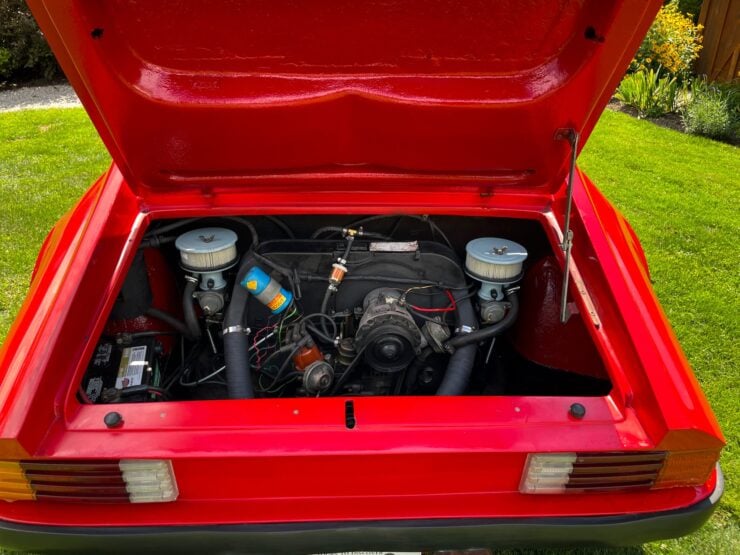

This Puma has had some recent work done including the fitment of new spark plugs, replacement throttle cable springs, and new heater hoses, as well as fresh fuel and air filters. It’s said to have had a repaint in red under previous ownership, it has 185/70 Hallmark Premium tires up front and Goodyear Integrity tires out back, and twin bucket seats up front and a luggage area in the rear.
The car is now being offered for sale on Bring a Trailer out of Canada with no reserve and Ontario registration. If you’d like to read more about it or register to bid you can visit the listing here.
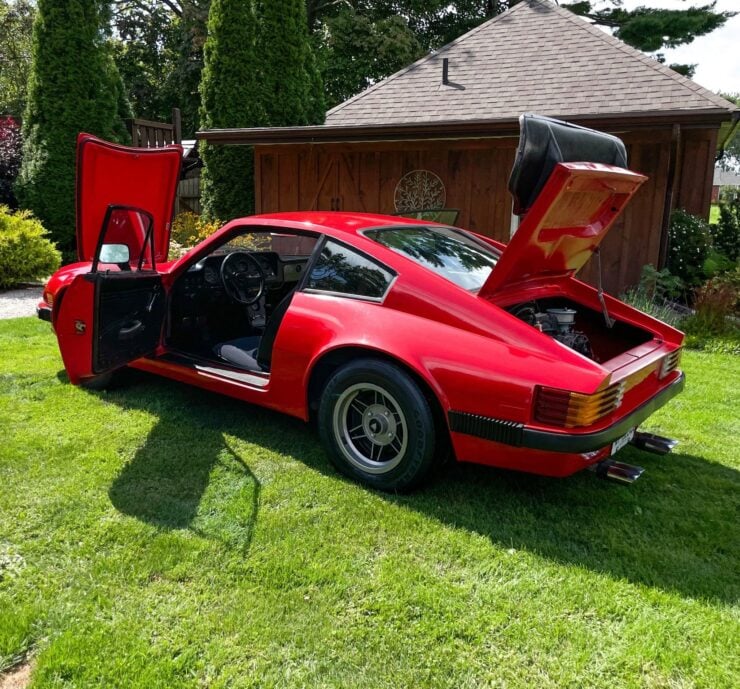
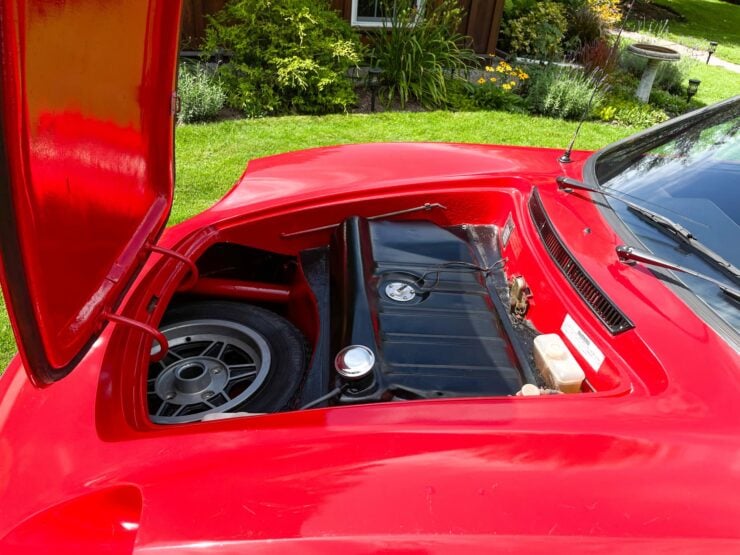

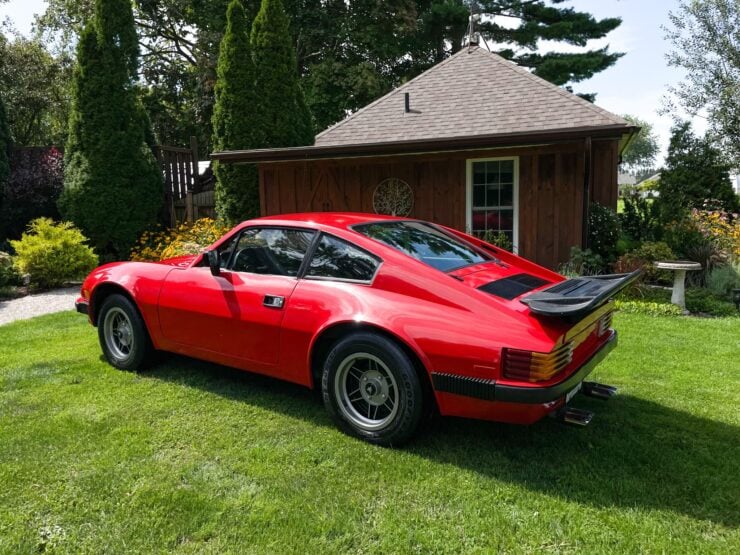


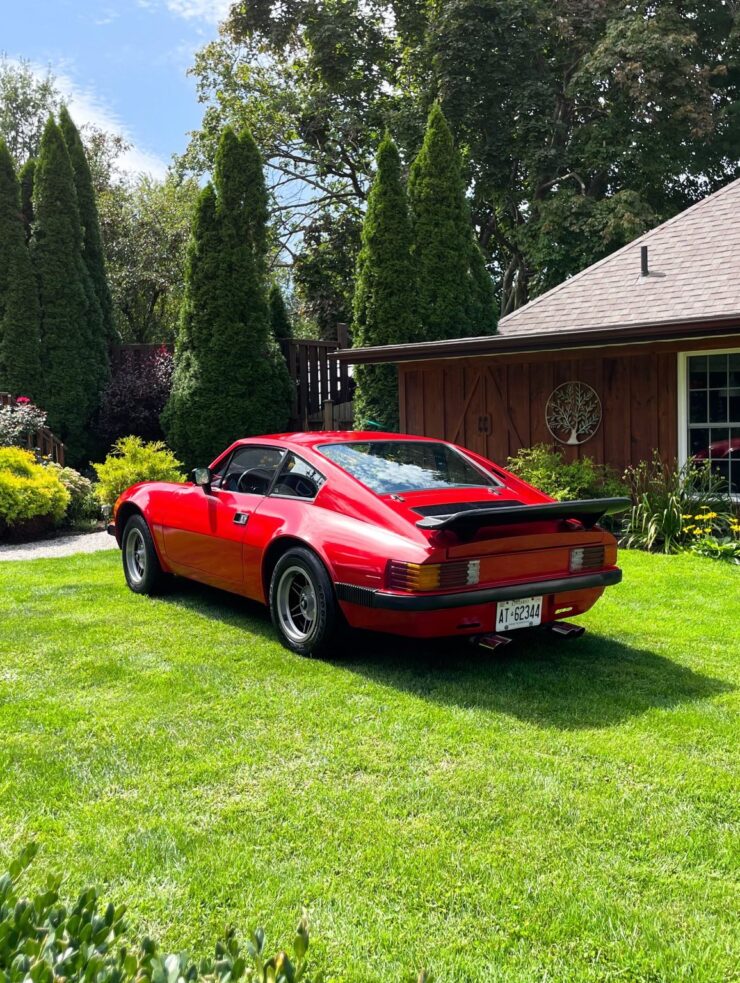
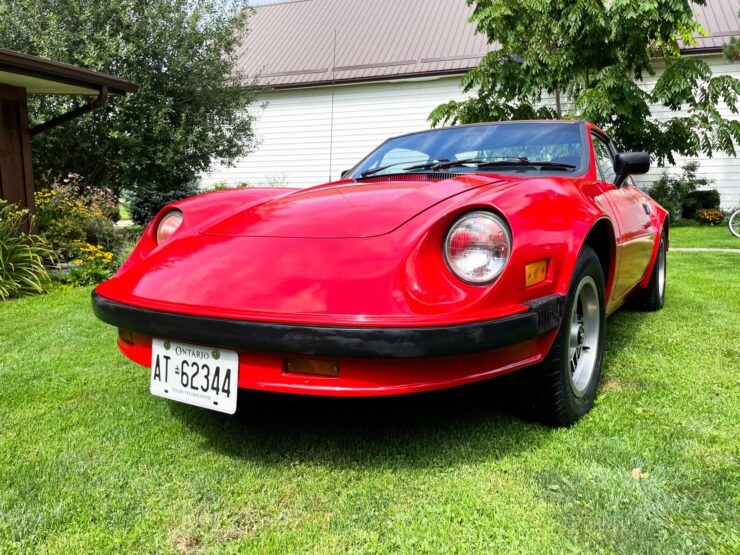
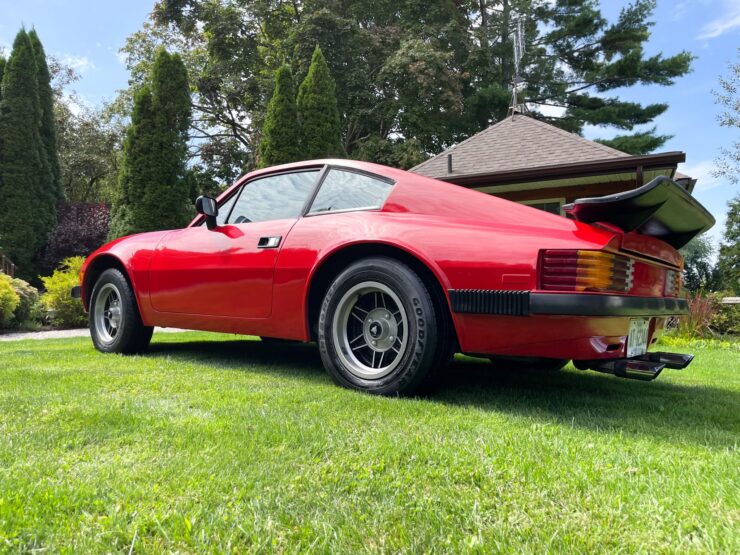
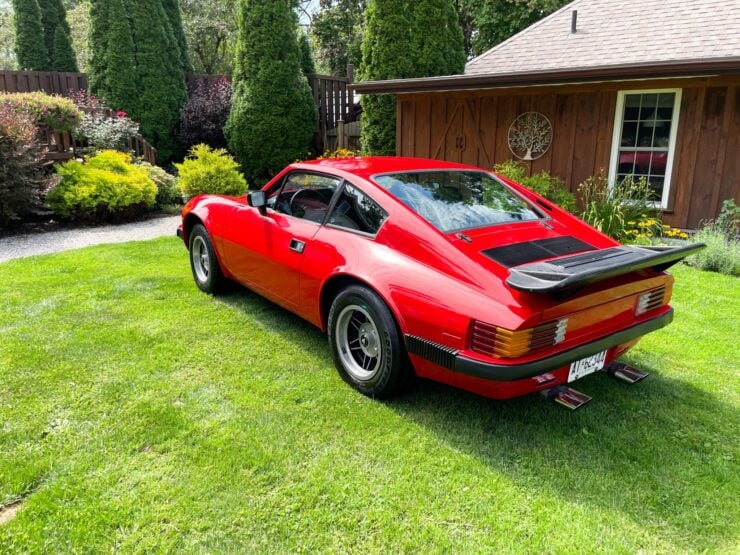
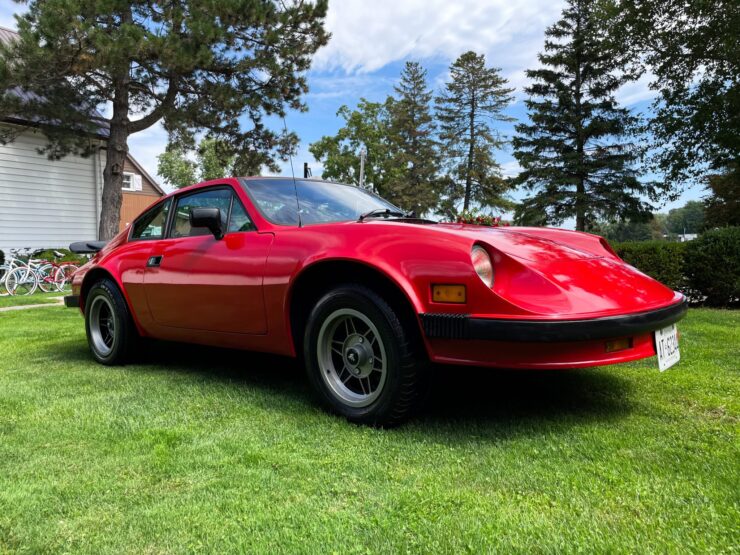
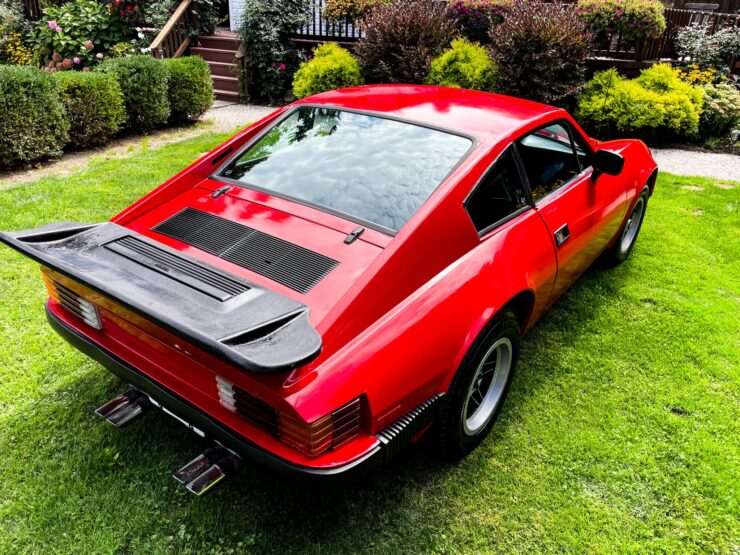
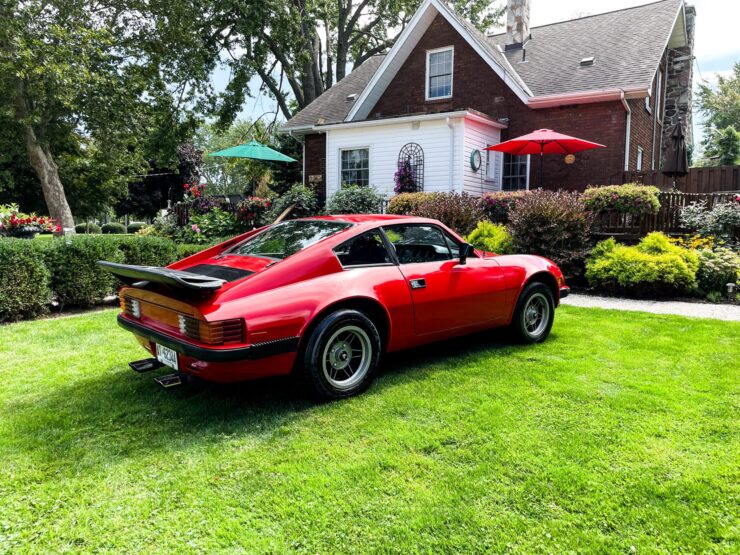
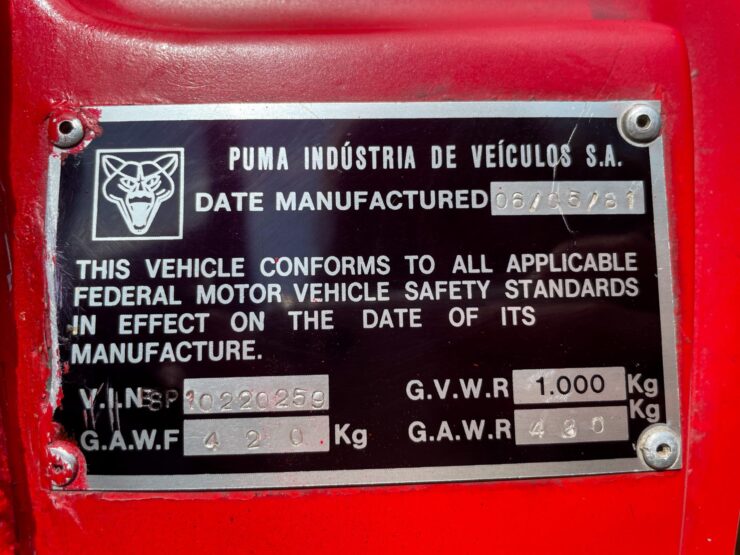
Images courtesy of Bring a Trailer

